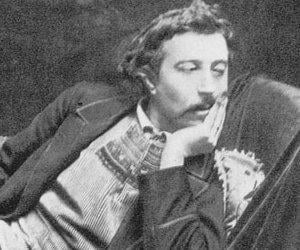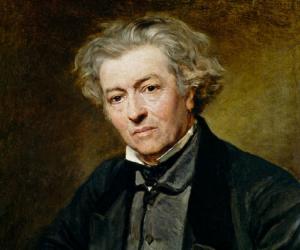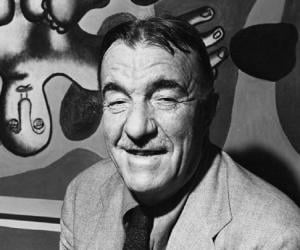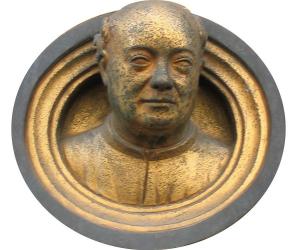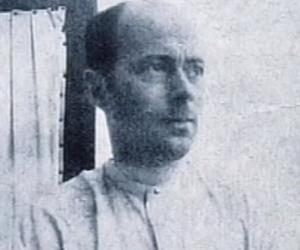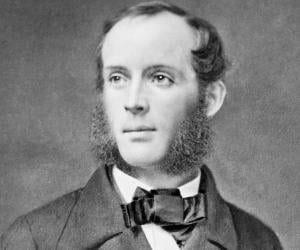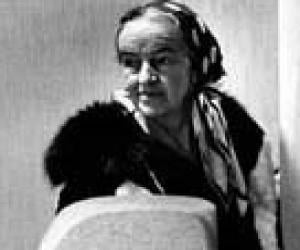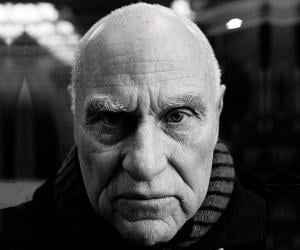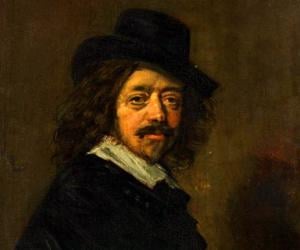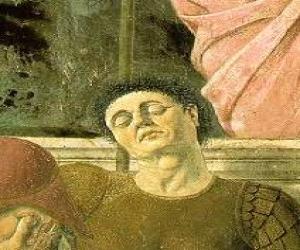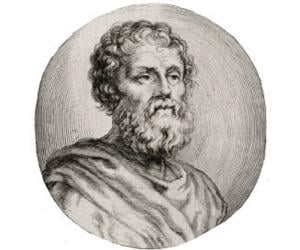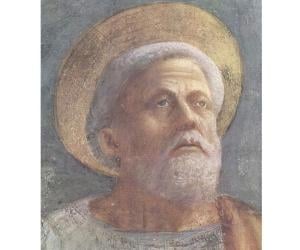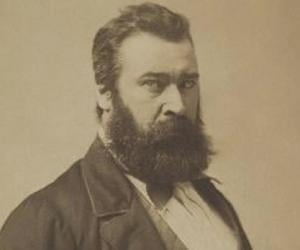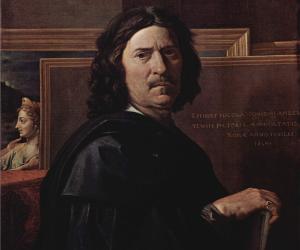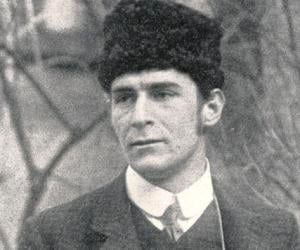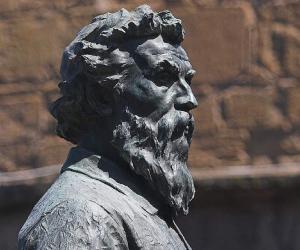Quick Facts
French Celebrities Born In June
Also Known As: Eugène Henri Paul Gauguin
Died At Age: 54
Family:
Spouse/Ex-: Mette Sophie Gad
father: Clovis Gauguin
mother: Aline Marie Chazal
siblings: Mari
children: Aline, Clovis, Emile, Germaine Chardon, Jean René, Pola
Born Country: France
French Men French Artists & Painters
Died on: May 8, 1903
place of death: Atuona, Hiva Oa, French Polynesia
Cause of Death: Syphilis
City: Paris
Childhood & Early Life
He was born in Paris, France, to Clovis Gauguin and his wife Aline Maria Chazal. His father was a journalist while his mother was the daughter of proto-socialist leader Flora Tristan.
The family left for Peru in 1850 because of the prevalent political climate. His father died on the journey and his mother was left alone to fend for herself and her two children.
They lived in Lima with Paul’s uncle and family for four years. It was here that his interest in art began to sprout; he would spend hours drawing and painting.
The family returned to France when Gauguin was seven. He went to a Catholic boarding school in La Chapelle-Saint-Mesmin where he spent three years.
He served as a pilot’s assistant in the merchant marine when he was 17 and later joined the French Navy where he served for two years.
Career
He returned to Paris in 1871 and landed a job as a stockbroker with the help of his mother’s boyfriend. He became a successful businessman and lived a prosperous life for the next many years.
He began painting as a hobby in 1873. He forged a friendship with the artist Pissarro who introduced him to other artists, mostly Impressionists. He displayed his paintings in exhibitions held in 1881 and 1882.
He married and moved to Denmark by 1884 where he tried to make his living by becoming a tarpaulin salesman. However this endeavor was not successful and his wife had to take over as the primary breadwinner of the family.
He left his wife and children and returned to France and began painting full-time. He moved to Martinique in 1887 with his friend artist Charles Laval. There he produced numerous works, often estimated to be between 10 and 20.
Eventually he grew disappointed with Impressionism and traditional European painting and was intrigued by the art of Africa and Asia. During that time in Europe, art of other cultures were in vogue and he was invited to participate in the 1889 exhibition organized by Les XX.
His art evolved towards Cloisonnism after being influenced by folk and Japanese art, and he produced his most famous work ‘The Yellow Christ’ in 1889.
In a move to escape the European society he went to Tahiti, Africa, in 1891 where he also hoped to explore his creative freedom. There he painted ‘By the Sea’ and ‘Ave Maria’ along with other paintings depicting Tahitian life.
He returned to France in 1893 and painted ‘Day of the God’ in 1894 in which he portrayed Tahitian religion. He shifted to Punaauia in 1897 and painted ‘Where Do We Come From? What Are We? Where Are We Going?’ – regarded as a masterpiece.
Major Works
His painting ‘The Yellow Christ’, considered as a key work of Symbolism shows the crucifixion of Christ in 19th century France. He used bold lines and bright colours like red and green in the background as contrasted by the yellow of Christ.
The painting ‘Where Do We Come From? What Are We? Where Are We Going?’ deals with the existential questions that arise in the minds of human beings for which they seek spiritual answers. The painting is marked by thick brushstrokes and bold colours and is regarded a post-impressionist style of work.
Personal Life & Legacy
He married a Danish woman named Mette Sophie Gad in 1873. The couple had five children over the next ten years. However, the marriage did not work for long as he was neither able to provide financial support nor care for the family.
He had sexual relations with many women and contracted syphilis. He had several children through his many mistresses.
He also suffered from bouts of depression and had even attempted suicide once. He was also an alcoholic.
He died of a morphine overdose and heart attack in 1903. He was 54 at the time of his death.
Facts About Paul Gauguin
Paul Gauguin worked as a stockbroker before pursuing his passion for art, showcasing his diverse range of talents and interests.
Gauguin was known for his innovative use of color and bold, unconventional compositions, pushing the boundaries of traditional art styles.
Despite facing financial struggles throughout his career, Gauguin remained dedicated to his artistic vision and continued to create unique and influential works.
Gauguin was deeply inspired by the exotic landscapes and cultures of Tahiti, leading to a distinctive and captivating body of work that reflected his fascination with non-Western influences.
In addition to his painting talents, Gauguin also explored other art forms such as woodcarving and ceramics, highlighting his versatile creative abilities.


